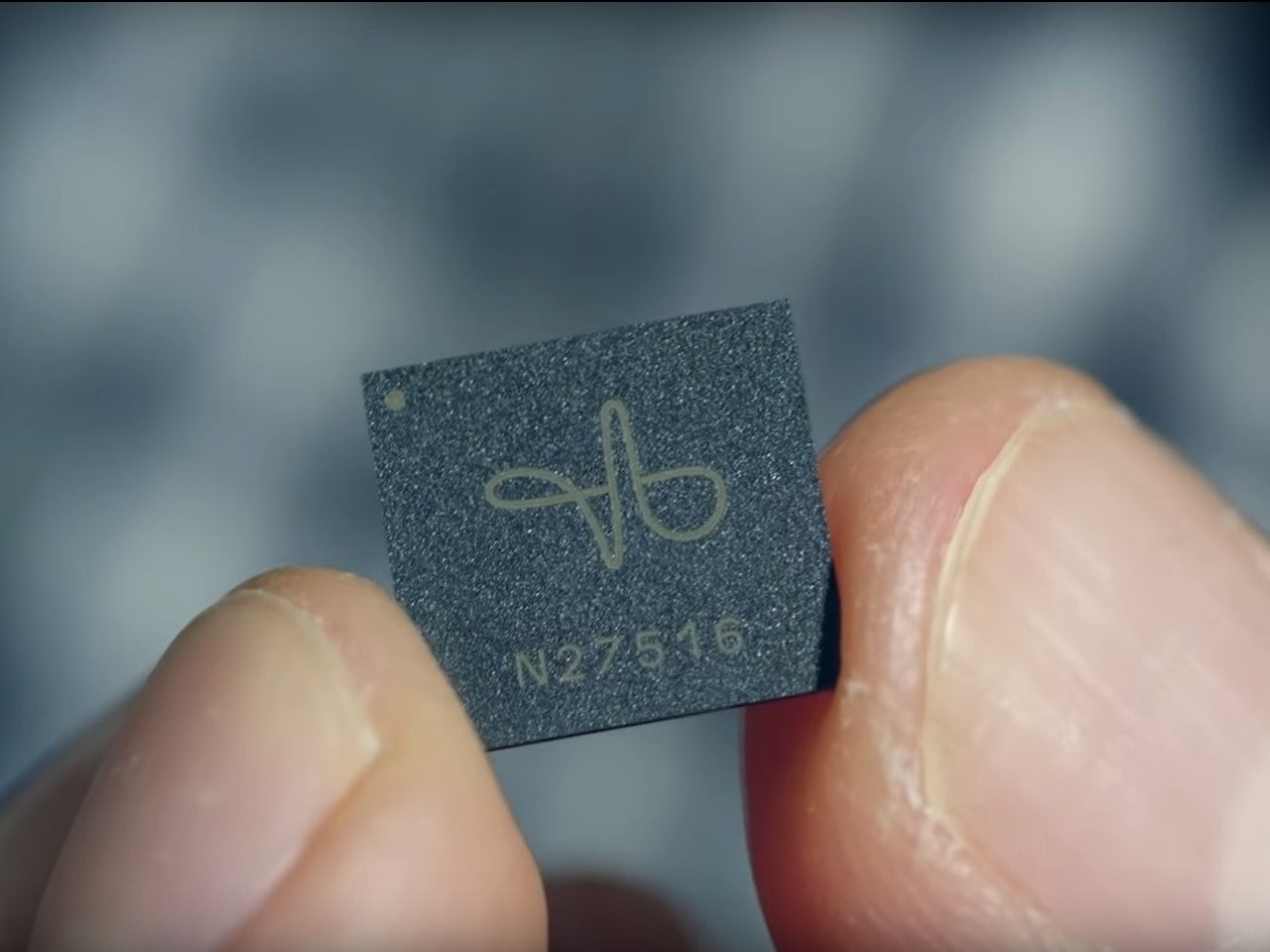Project Soli: Google's futuristic plan to replace buttons and touchscreens gets go-ahead
Hand gesture controls, like those seen in science fiction films like Minority Report, may soon be a reality
Your support helps us to tell the story
From reproductive rights to climate change to Big Tech, The Independent is on the ground when the story is developing. Whether it's investigating the financials of Elon Musk's pro-Trump PAC or producing our latest documentary, 'The A Word', which shines a light on the American women fighting for reproductive rights, we know how important it is to parse out the facts from the messaging.
At such a critical moment in US history, we need reporters on the ground. Your donation allows us to keep sending journalists to speak to both sides of the story.
The Independent is trusted by Americans across the entire political spectrum. And unlike many other quality news outlets, we choose not to lock Americans out of our reporting and analysis with paywalls. We believe quality journalism should be available to everyone, paid for by those who can afford it.
Your support makes all the difference.Google has received approval from US regulators to deploy a futuristic technology that allows smart devices to be controlled by hand gestures alone.
The Federal Communications Commission (FCC) approved Project Soli, which was first announced by Google four years ago, saying that it would "serve the public interest" to push forward with development of the technology.
The interactive control system uses radar-based motion sensors to detect and track hand movements with millimetre accuracy.
This allows people to interact with devices without the need for any form of physical controls.
The idea is that people will be able to control everything from TVs to smart watches in an intuitive, touch-free way.

Familiar gestures, such as pushing a button or turning a volume knob, allow a person's hand to be transformed into a universal remote control.
"Even though these controls are virtual, the interactions feel physical and responsive," the Project Soli website states. "Feedback is generated by the haptic sensation of fingers touching each other. Without the constraints of physical controls, these virtual tools can take on the fluidity and precision of our natural human hand motion."
Project Soli Founder Ivan Pouyrev explained his motivation behind the endeavour in a video posted in 2015.
"Capturing the possibilities of human hands was one of my passions," he said. "How could we take this incredible capability, the finesse of human actions, and apply it to the virtual world?"
He explained that the technology can fit onto a single chip measuring 8mm by 10mm, allowing it to fit in a large variety of devices.
"What is most exciting about it is that you can shrink the entire radar and put it in a tiny chip," he said. "That's what makes this approach so promising. It's extremely reliable, there's nothing to break. There's no moving parts, there's no lenses, there's nothing, it's a piece of sand on your board."

Join our commenting forum
Join thought-provoking conversations, follow other Independent readers and see their replies
Comments